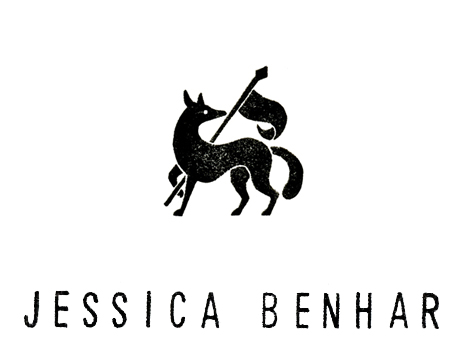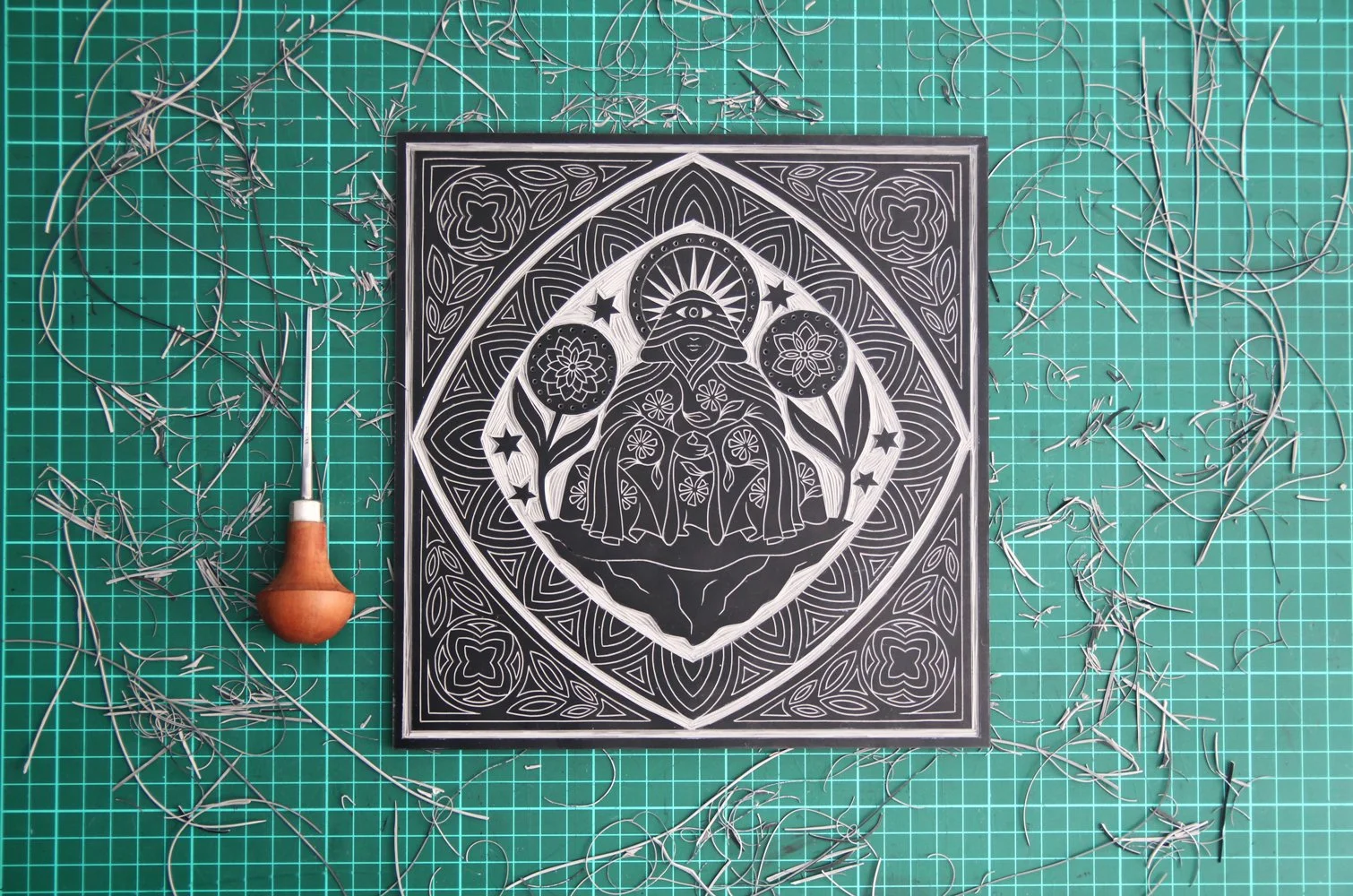I often find that the research I do for client work ends up finding its way into my personal work. Earlier in the year I had done a lot of research into esoterica and symbolism and I had collected a lot of interesting imagery. Additionally I have a folder of favourite artworks that I sometimes draw upon for inspiration, one of them being Nicholas Roerich's iconic Mother of the World painting. I was drawn to the quiet but powerful nature of the artwork. A robed woman sits alone on an island, in a meditative state surrounded by a glowing light.
Upon discovering this artwork, I researched into the Russian artist and found Nicholas Roerich to be a truly fascinating person. Nicholas Roerich (1874-1947) was an artist, writer, archaeologist, philosopher, and mystic. In his explorations of Western and Eastern religions, he found common roots in all different types of faith and saw a unity of religions. Roerich promoted peace and the protection of the world's cultural heritage through the Roerich Pact. The Roerich Pact was a treaty created in the 1920s, in order to protect the historic monuments, museums, scientific, artistic, educational and cultural institutions in time of peace as well as in war. He has depicted many great female deities, the most inspiring being Mother of the World. He also carried a notion that the creative people of the world bear the responsibility to save the world.
'Art will unify all humanity. Art is one—indivisible. Art has its many branches, yet all are one. Art is the manifestation of the coming synthesis; art is for all. Everyone will enjoy true art. The gates of the ‘sacred source’ must be wide open for everybody, and the light of art will influence numerous hearts with a new love. At first this feeling will be unconscious, but after all it will purify human consciousness, and how many young hearts are searching for something real and beautiful! So give it to them. Bring art to the people—where it belongs. We should have not only museums, theaters, universities, public libraries, railway stations and hospitals, but even prisons decorated and beautified. Then we shall have no more prisons.'
As a side note, I've been trying to develop a more consistent practice of meditating for a while now and perhaps this is why I was drawn to a meditating figure. Maybe the artwork will serve as a reminder and a means of encouragement.
I went to State Library to further research textile patterns, costumes and how cloth drapes on the body. I looked into Japanese Kabuki costume, textiles from India, costumes from ancient society and artworks of Buddha. I was particularly inspired by the patterns on the Buddha's robes. I researched the symbolic hand gestures that are used in artworks of Buddha. I used the Dhyani Mudra, a gesture of meditation and contemplation.
Additional symbols in the artwork include the eye. The eye symbolises spiritual and mental perception, often seen as the mirror of the soul. Buddhism speaks of the third eye as a symbol of inner vision. In Christian art, an eye surrounded by sun rays signifies God. Elements of nature feature quite heavily, signifying life, peacefulness, and not to mention, beauty.
I spent a lot of time sketching ideas for this artwork. I then further refined the final sketch in Adobe Illustrator. The final design was traced onto the lino block, carved and printed.


